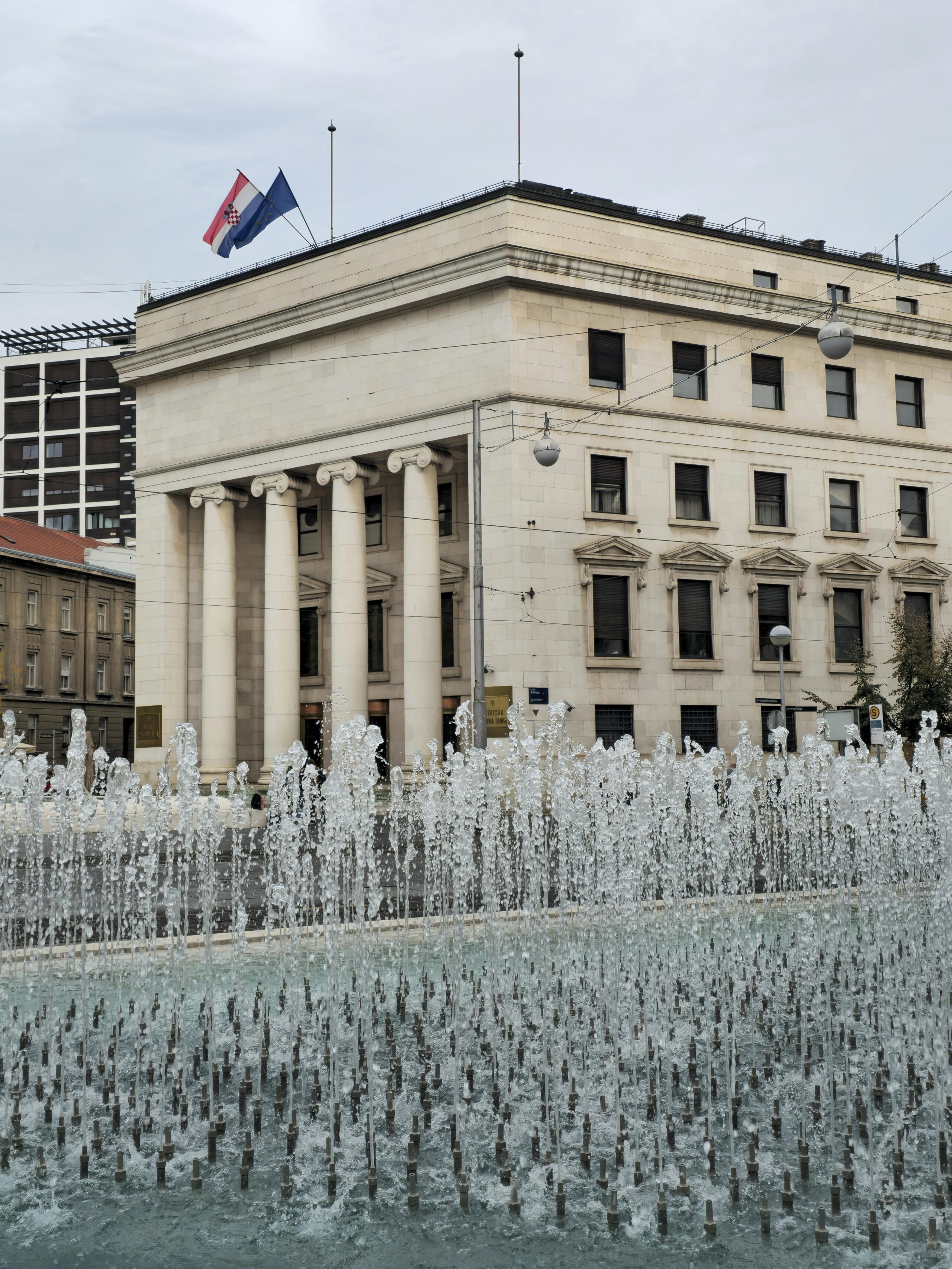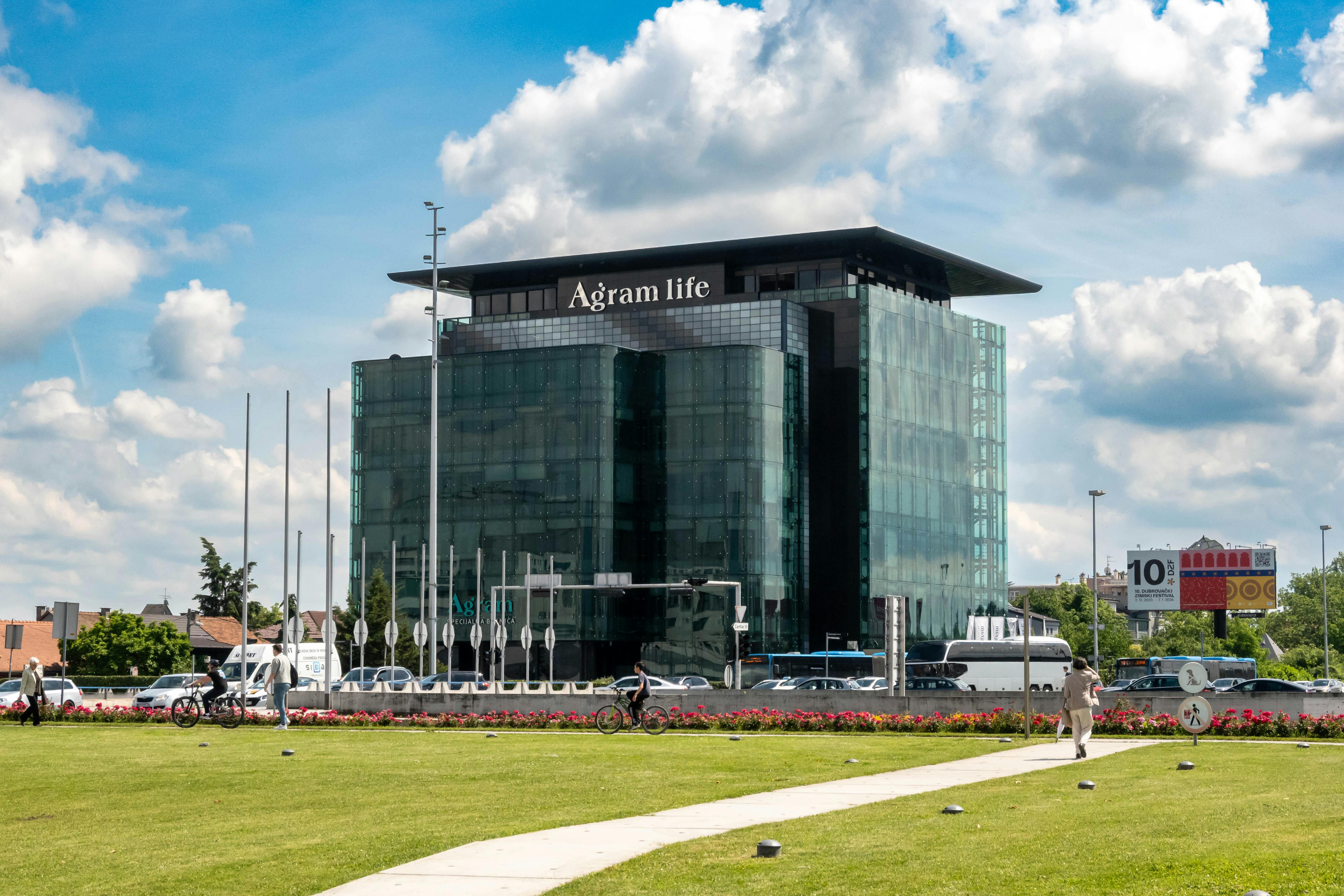Why Invest in Croatia: Strategic Benefits & Investor Guide 2025
Let’s talk about Croatia. Not the Croatia you see filtered through Instagram sea-blue highlights or the Game of Thrones lens—though, sure, that’s a part of it—but the Croatia that global investors, real estate developers, and ambitious entrepreneurs are quietly positioning themselves to leverage as their next major win. Here’s the thing: in my career spanning three economic cycles and a fair share of cross-border property deals, I’ve rarely seen a convergence of strategic factors quite like what’s unfolding in Croatia right now.
When I first visited Zagreb back in 2017 for a proptech summit (I can still remember the jet lag—brutal, but worth it), I left with more questions than answers. Was Croatia just another picturesque outpost, or did its open-armed attitude to FDI and rapid economic modernization signal a long-term bet that actually made sense for serious capital allocation? Funny thing is, the more I dug into market data and talked with local financiers—especially after the euro adoption and the Schengen Area integration—the more the thesis evolved. I’ll get personal with a few hard-won lessons later, but suffice it to say: investing in Croatia is anything but a vanity play.
Whether you manage a family office looking to rebalance European exposure, you’re a startup expat craving a digital nomad-friendly HQ, or you’re simply curious about whether the Croatian property boom has legs past the media headlines, this post is for you. I’ll step through the table of contents below, then dive headlong into the realities, opportunities, and calculated risks of investing in Croatia today.
Croatia’s Strategic Position: More than Just the “New Riviera”
While the world’s media still leans on the “Mediterranean comeback” narrative, serious investors start by asking—what’s Croatia’s true value proposition, not just to vacationers, but to capital? Let me clarify something: location isn’t just about climate or Instagrammable beaches (though, let’s be real, that helps). It’s also about geopolitical access, transit logistics, and a Venn diagram of EU market reach, legal infrastructure, and “soft factors” like workforce quality and social stability.
After its 2013 European Union accession, Croatia dramatically improved its FDI regulatory landscape, unlocked EU funding streams, and—crucially—became a magnet for regional entrepreneurs priced out of Western capitals. The nation’s Adriatic coastline stretches over 1,700 kilometers, loaded with deep-water ports (Rijeka and Split are increasingly vital cargo and cruise nodes), while its road and rail upgrades continue to shave days off supply chain timetables1.
And these aren’t just theoretical advantages. Take, for instance, the influx of German and Italian logistics firms after 2020, who cited not just cost incentives but “on-the-ground” competitive access to both the EU and bustling Balkan markets2. Candidly, back in my finance days, I underestimated just how quickly second-tier ports like Rijeka could eat into Trieste’s Northern Adriatic dominance. Lesson learned.
From that standpoint, the “why invest?” question looks very different. It’s not just about speculative capital gains or buying into a lifestyle trend. It’s about a relatively stable democracy, high education levels, and a legitimate seat at the European regulation table. In my experience (and this is backed by plenty of industry chatter), it’s often early adopters in fast-modernizing regions—like Croatia—who capture the best risk-adjusted returns before saturation, especially in real estate and fintech sectors3.
Economic Drivers: Post-Euro, Post-Pandemic, Pro-Growth
Here’s where things get truly interesting. Croatia’s economic fundamentals have shifted considerably in the past five years. For most of my career, it was considered a “rising star” with potential—a cliché, sure, but now, the data tells a story that’s more tangible. The 2023 eurozone adoption was a turning point. Suddenly, currency risk evaporated. This attracted both pan-European institutional investors and high-net-worth individuals who’d previously been hesitant due to the kuna’s historic volatility4.
According to Croatia’s Ministry of Finance, FDI inflows hit an all-time high in 2022, with real estate, hospitality, and tech leading the way5. There’s been a paradigm shift: not only does capital now flow more freely from the Eurozone, but the banking sector (historically ultra-conservative) is finally opening up more lending to foreign applicants, including digital nomads and “remote-first” entrepreneurs.
That’s the macro side. Peel it back further, and you’ll see Croatia’s GDP growth post-pandemic is outpacing euro-area averages, propelled by surging tourism revenue, renewed industrial production, and a surprisingly robust startup ecosystem6. Lesson learned from my early region days: oversimplifying Croatia as “just tourism” means missing venture-scale upside in SaaS, fintech, and marine logistics that are quietly shifting regional power.
“Croatia’s combination of natural appeal, policy reforms, and eurozone entry have transformed it from a peripheral market into a serious contender for international capital. Smart investors are already positioning for the next decade.”
Speaking of post-pandemic realities, I’ve seen companies pivot—hard: one client in 2021 shifted their wellness tourism startup entirely online, leveraging Croatia’s forward-thinking digital nomad visa to attract remote revenue from outside the EU. It worked.
Real Estate Realities: Is the Property Boom Built to Last?
So what’s happening at street level? Is the Croatian property boom simply another bubble, or does it have the legs of, say, Portugal’s famed run between 2014 and 2019? I’ll be transparent: three years ago, I was skeptical. By 2024, after reviewing data and walking the coastal neighborhoods myself, my skepticism had evolved into cautious optimism.
A few numbers underline the point. Average Croatian residential property prices have grown 9.2% annually since 2021. In top-performing submarkets (Split, Dubrovnik, select islands), yields of 5-7% net are common for short-term rental investments, buoyed by new tourism flows and a still-tight housing supply7. For context, let’s stack Croatian yields up against some classic comparables:
| Location | Avg. Net Yield (2024) | 2024 YoY Price Change (%) | Key Growth Driver |
|---|---|---|---|
| Zagreb | 4.8% | 8.6% | Urbanization, tech migration |
| Split/Dalmatia Coast | 5.7% | 9.1% | Foreign tourism, rental demand |
| Dubrovnik | 5.3% | 11.2% | Luxury segment, global buyers |
| Lisbon, Portugal | 3.5% | 6.5% | Golden Visa investors |
Naturally, not all submarkets are equal. Prices in rural Slavonia, for example, remain modest by Western standards, and prime city-center assets in Zagreb are much less volatile than speculative waterfront plays in rapidly developing resort zones.
- Strong price appreciation in urban and coastal assets (especially Split, Dubrovnik, Rovinj)
- Rental yields remain robust, particularly for short- and mid-term portfolios
- Supply bottlenecks mean price corrections will likely be mild and localized
- Growth is most sustainable where infrastructure, education, and business services are supportive
Sound familiar? If you’ve invested in Spain, Portugal, or Greece during similar upswings, you’ll know the value of differentiation. I got burned, early in my career, by ignoring the micro-market context—paid the price, literally. In Croatia, those details matter more than ever.
In a nutshell: if you’re eyeing the Croatian property market, dig deep into submarket fundamentals, prioritize due diligence, and don’t let “fear of missing out” drown out rational risk assessment. And please—use a local advisor. More on that later.

Risks, Rewards, and Hard Lessons Learned
Let’s get real for a second: There are no “sure things” in global investment, and Croatia’s story has its warnings. One of my earliest mistakes—maybe you’ve been there—was assuming the legal paperwork would be as straightforward as in Vienna or Munich, especially after local partners reassured me (“oh, it’s easy, more or less the same”). Turns out, transaction flow, zoning, and title searches still require expert, bilingual advisors—and government offices can move at their own rhythmic pace despite progress8.
Factor in: fragmented cadastral records, sporadic regional interpretation of land-use laws, and—during tourist season—bureaucratic bottlenecks as everyone deserts Zagreb for the sun. That’s not a criticism, by the way, just honest context. Anyone who’s ever tried to close in August knows: bring patience and a backup plan, or you will regret it. (Learned that lesson so you don’t have to.)
- Property registration and ownership verification complexity
- Variations in local authority responsiveness
- Still-evolving “smart” zoning and regulatory frameworks
- Tourism season volatility: market surges and staff shortages
The upside, in my view, is that Croatia’s maturing market is gradually ironing out these legacy issues. The Ministry of Construction and Physical Planning has rolled out expedited e-permitting, and banks have streamlined documentation for euro-denominated mortgages. Compared to my earliest deals, the improvement is dramatic.
“Global investors need to understand Croatia as a dynamic, maturing player. Regulatory quirks do exist, but so does outsized opportunity—especially for those willing to invest in relationships, not just assets.”
What’s Next: Digital Nomads, FDI, and Sustainability
On second thought, maybe I should have started this section with the “digital nomad” phenomenon—because, quite honestly, the transformation is staggering. Before 2020, the phrase barely existed here; now, it’s central to both government strategy and the private sector’s project pipeline.
Croatia’s introduction of a digital nomad visa in 2021 didn’t just attract a handful of tech freelancers. It catalyzed co-working hubs, boutique hospitality concepts, and a burst of remote-worker-friendly rental properties in cities like Split, Zadar, and Rijeka9. Over 7,000 digital nomads applied in the program’s first two years—not massive by global standards, but game-changing for local economies and investment appetites.
I recently chatted with a portfolio manager who pivoted from pure holiday rentals into “long-stay remote work” units—her net occupancy jumped by 18% in 18 months, even as short-term tourist demand fluctuated with geopolitical news cycles. If you’re weighting FDI potential, the trend lines are clear:
| Year | FDI Inflow (€bn) | Digital Nomad Visa Applicants | Sustainability Initiatives Launched |
|---|---|---|---|
| 2019 | 1.7 | ~0 (program not yet launched) | 4 |
| 2022 | 2.9 | 3,800 | 12 |
| 2024 | 3.2 (est.) | 7,000+ | 17 |
The stats are solid, but the conversation goes deeper. Sustainability now features in most serious investment pitches: green tourism, energy efficiency in residential stock, EV charger mandates on new commercial builds—the list is growing. Based on industry events I’ve attended this year, I’d argue Croatia is more serious about its “blue economy” and ESG commitments than several older EU peers. That’s optimism, but not blind optimism; regulation is still catching up, and implementation sometimes trails the headlines.
“We’re entering a new era for Croatian investment: openness to digital nomads, targeted sustainability funding, and a commitment to cross-border business reflect the country’s determination to lead, not follow.”
Let me circle back for a second to the “people factor”—relationships. If you’re new to the region, nothing accelerates due diligence and opportunity identification faster than local alliances. I can’t count how often a trusted fix-it consultant or a bilingual legal partner made all the difference in closing a deal before market shifts. Networking isn’t just advice here; it’s currency.
How to Start: Due Diligence, Local Alliances, and Practical Steps
By now, you might be wondering: what’s the next move? I’ve coached numerous overseas investors through this, so here’s an authentic, stepwise approach—learned by both success and (let me be honest) avoidable errors:
- Set a Clear Investment Thesis. Is your focus residential yield, development value-add, or long-term land appreciation? Document your thesis before you engage partners.
- Engage a Local Advisor Early. Don’t just read legal guides—work with a trusted, bilingual real estate lawyer or investment advisor familiar with both local quirks and cross-border compliance. Absolutely essential.
- Visit On-Site (More Than Once). Photos and virtual tours never tell the whole story. I’ve seen at least three projects in the last year that looked flawless on paper, but cracks—sometimes literal ones—were only visible in person.
- Do Rigorous Due Diligence on Title & Regulatory Status. Expect delays and triple-check documentation. Don’t get stuck waiting for a land registry update—build in time and redundancy.
- Prioritize Relationship Building. Attend local investment events, meet local developers, and seek referrals from seasoned expatriates and professionals.
What else? Be proactive about local tax regulations—Croatia’s tax rules for non-resident investors are refreshingly straightforward by regional standards, but you’ll want up-to-date guidance as policy changes do occur, especially around rental income and capital gains10. Also, stay networking—again and again. The best deals often come from word-of-mouth with trusted, local pros.
Let’s not forget: time in market beats timing the market. Several of my colleagues who set up shop in Croatia pre-eurozone have outperformed serial market “timers”—by being both present on the ground and adaptive as market sentiment shifts.
References and Further Reading



